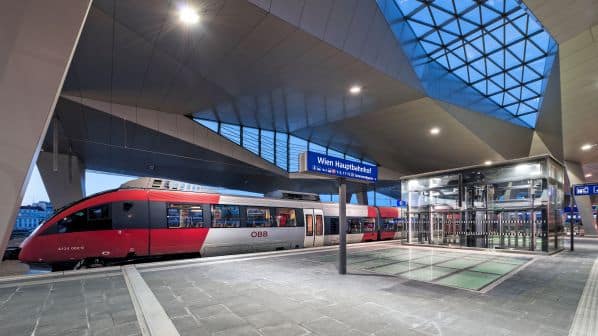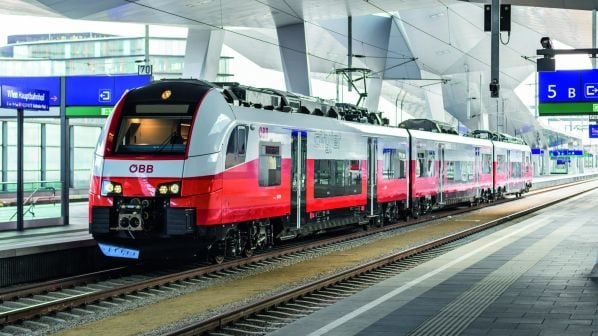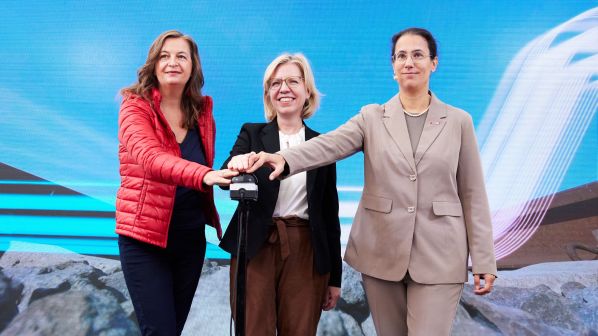THE City of Vienna aims to create a circular S-Bahn after a feasibility study recommended the project should progress and the proposal was included in Austria’s recently-published draft Network 2040 plan. But rather than a continuous circle, it will operate as two interconnecting S-Bahn lines.
A feasibility study, conducted by Austria’s infrastructure manager ÖBB Infra in partnership with independent experts, concluded in December that a “broken ring” line was the best option for the city and recommended its implementation.
The study, carried out over 18 months, was commissioned in 2022, after funding for it was agreed as part of Vienna’s Second Rail Package funding agreement, and followed long-standing calls for development of a ring line for the city.
The proposed ring involves extending the existing X45 S-Bahn line from Handelskai station northeast of the city centre to meet the existing X80 at Praterkai station, east of the city centre. This would require investment to build the new extension.
Operation of the new ring line, as suggested by the feasibility study, would involve four trains per hour in each direction, with passengers changing at Hütteldorf and Praterkai. The two-line ring model is operated in several cities, including London’s Overground.
Continuous ring rejected
The feasibility study considered several variants of a continuous ring without the need for passengers to change trains, but concluded that they would all be disadvantageous for the S-Bahn system and public transport use as a whole.
A key factor is that the existing Hütteldorf transport hub to the west of the city would no longer be served. A continuous line would also result in significantly increased operating costs and a large amount of additional infrastructure work.
“More and more people are switching to public transport,” says ÖBB Infra board member, Ms Judith Engel. “That is why investment in the expansion of the Vienna S-Bahn is essential. With the pioneering two-line S-Bahn ring project, we are already working today on the innovative mobility solutions of tomorrow.”
Funding for the new ring line, which includes new stations on line X45 extension at Reichsbrücke and Donaumarina, is yet to be finalised. The project passed an important hurdle when it was included in the draft version of Austria’s Network 2040 plan that was published last month.
Funding proposals for the project are now likely to be considered by the Vienna city council for inclusion in a possible Third Rail Package, although there is no timescale for this. The ring line feasibility study concluded that, operationally, the two-line ring could be implemented in 2032.
For details of commuter rail projects across world, subscribe to IRJ Pro.



